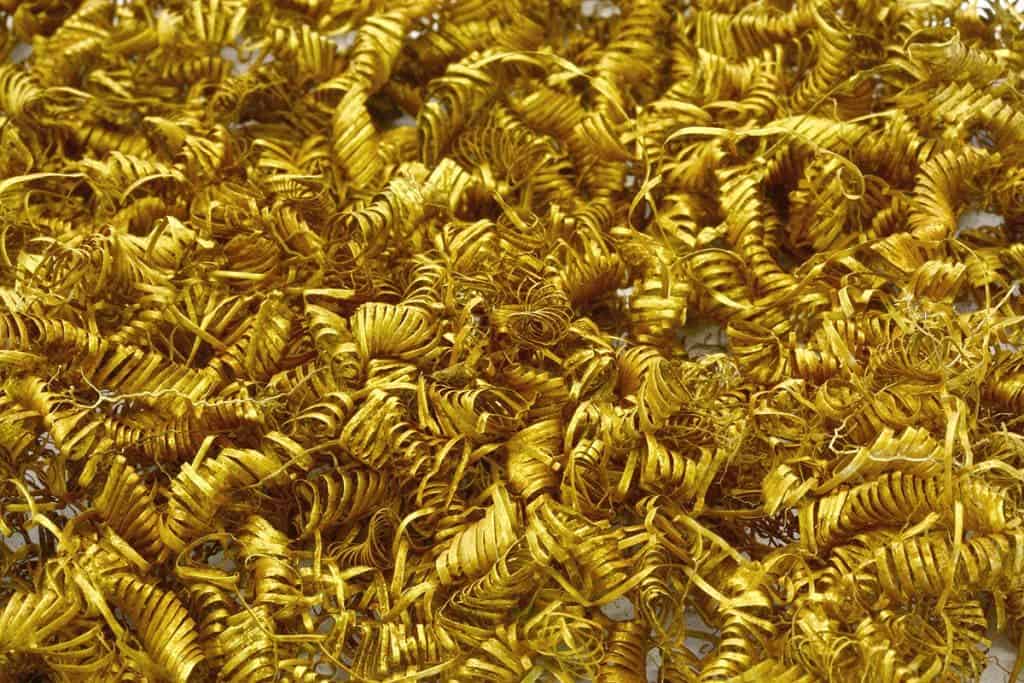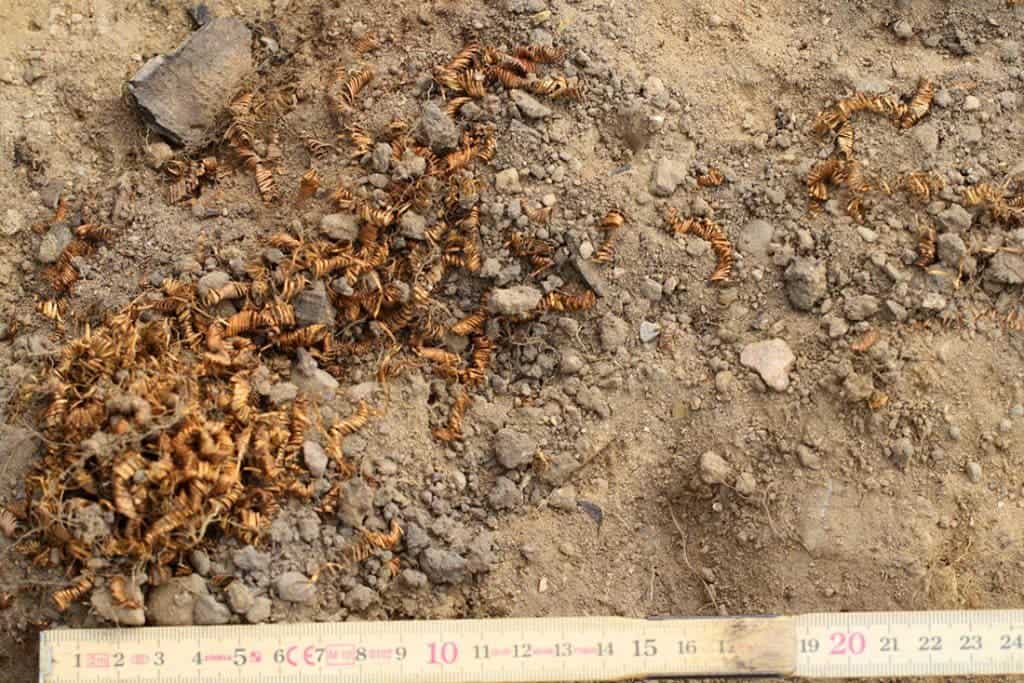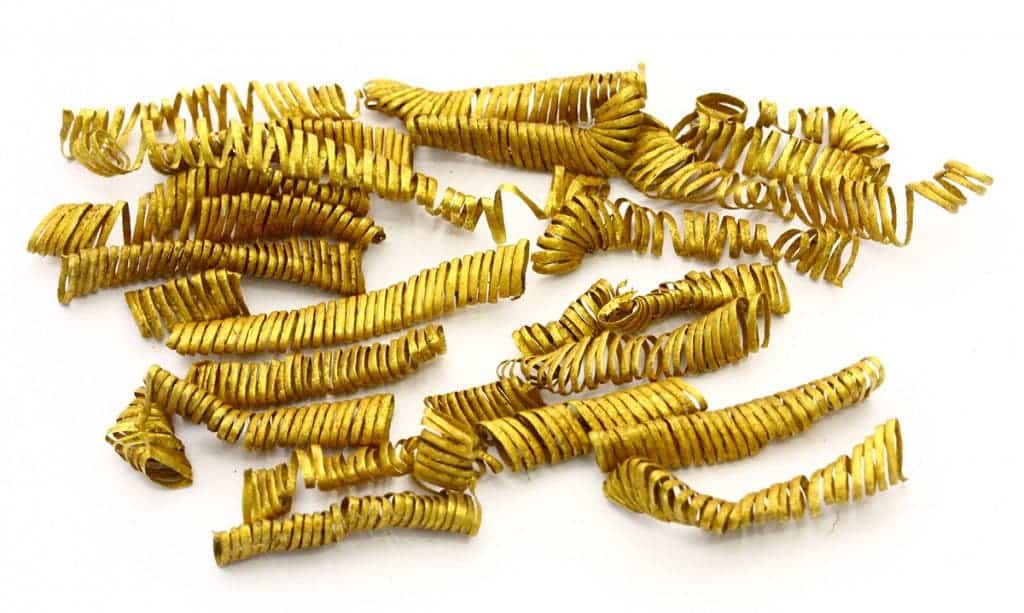A team of archaeologists working in Denmark have made a puzzling discovery: they found nearly 2,000 spectacular gold spirals dating from the Bronze age. The reason why they were made, especially in such a large number, is a mystery and the trove baffled scientists.

The spirals are made from pure gold, hammered down to just 0.1 millimeters thick, and measure up to 3 cm long; together, they weighed 2-300 grams. While archaeologists have no clear indication of what their purpose was, Flemming Kaul, a curator with the National Museum of Denmark, believes the coils were part of a Bronze Age ritual honoring the Sun god.
“The sun was one of the most sacred symbols in the Bronze Age and gold had a special magic,” Kaul writes. “Maybe the priest-king wore a gold ring on his wrist, and gold spirals on his cloak and his hat, where they during ritual sun ceremonies shone like the sun.” It’s also suggested the gold was simply buried as part of an elaborate sacrifice.

Scientific analysis in the Museum’s lab found chunks of birch bark tar, a substance used by prehistoric people and Neanderthals as an all-purpose adhesive since 80,000 years ago. Archaeologists believe the spirals were placed inside a sort of jewelry box or chest before being buried in the Boeslunde field.
Interestingly, it wasn’t archaeologists that initially found the trove, but amateur metal detectorists Christian Albertsen and his uncle Hans Henrik Hansen. They also made several other discoveries in Boeslunde, on the Danish island of Zealand, including two extremely elaborate gold bowls which incredibly thin gold wire wound around their handles to look like dragons.

The Zealand Museum and the National Museum are continuing the diggings in the area, and in the meantime, the local museum in Skaelskor is holding a viewing event for two hours, along with a talk from a curator who will discuss the find. If you’re in the area, be sure not to miss it!






